Introduction
Not all computer speaker issues require speaker replacement. Common problems include faulty connections, outdated drivers, or incorrect audio settings, which can often be fixed without speaker replacement. However, when an issue persists after troubleshooting, it might be more practical to replace the speakers.
Signs to Know They Need Replacement
Here are some signs that indicate your computer speakers might need replacement:
- No Sound or Distorted Audio: If there is no sound or the audio is distorted despite correct settings, it could indicate a problem with the speakers.
- Physical Damage: Visible damage to the speakers or cables can also suggest they need replacement.
- Static Noise: Persistent static noise that cannot be resolved by adjusting settings or connections may indicate faulty speakers.
Tools
-
-
Remove six 6mm T7 screws.
-
Remove four 4mm T7 screws.
-
Remove two 10mm T7 screws
-
Use the blue plastic opening tool to carefully remove both rubber pads which cover the four remaining screws.
-
Remove the remaining two10mm T7 screws.
-
-
-
Locate the clip attaching the right-side speakers to the motherboard.
-
Carefully pull on the clip until it detaches from the motherboard.
-
-
-
Remove two 3.5mm #00 Phillips screws which hold the speaker in place.
-
Carefully lift the right-side speaker assembly away from the motherboard.
-
-
-
Locate the clip attaching the left-side speakers to the motherboard.
-
Carefully pull on the clip until it detaches from the motherboard.
-
-
-
Remove the two 3.5mm #00 Phillips screws which hold the speaker in place.
-
Carefully lift the left-side speaker assembly away from the motherboard.
-
To reassemble your device, follow these instructions in reverse order.

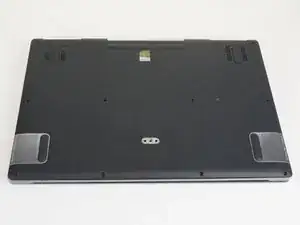
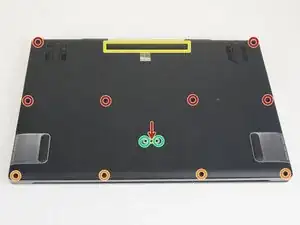
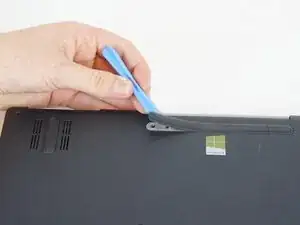
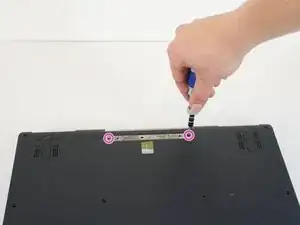
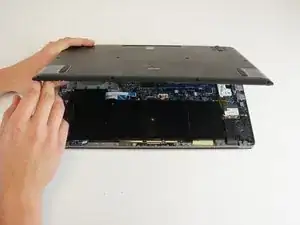
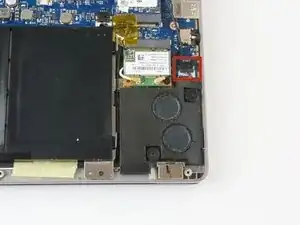
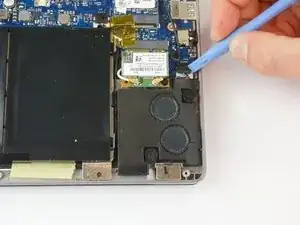
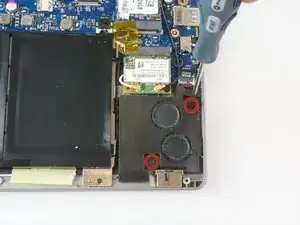

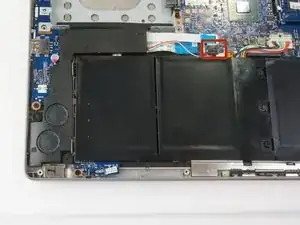
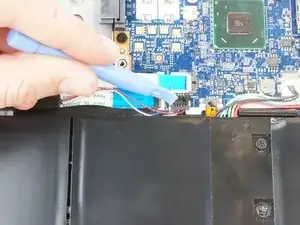

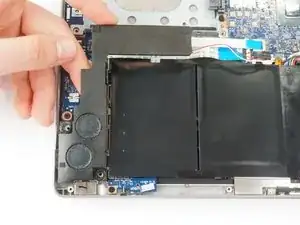
Use the blue plastic opening tool to carefully remove the rubber pad which covers the one remaining screw.
Picture shows the rubber pad removed but srew to be removed is not indicated
Anthymoine -